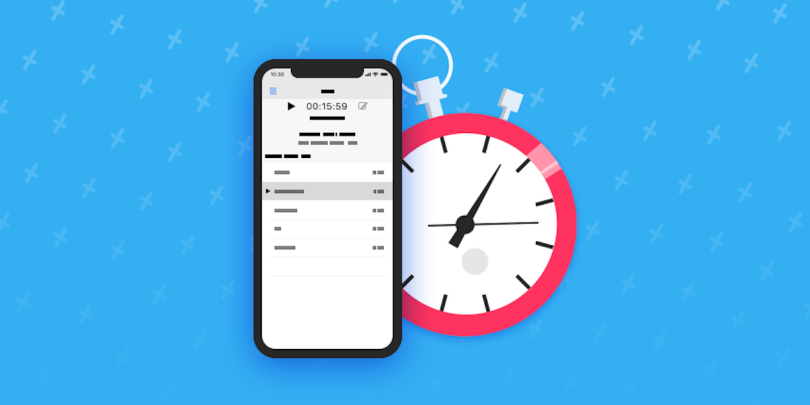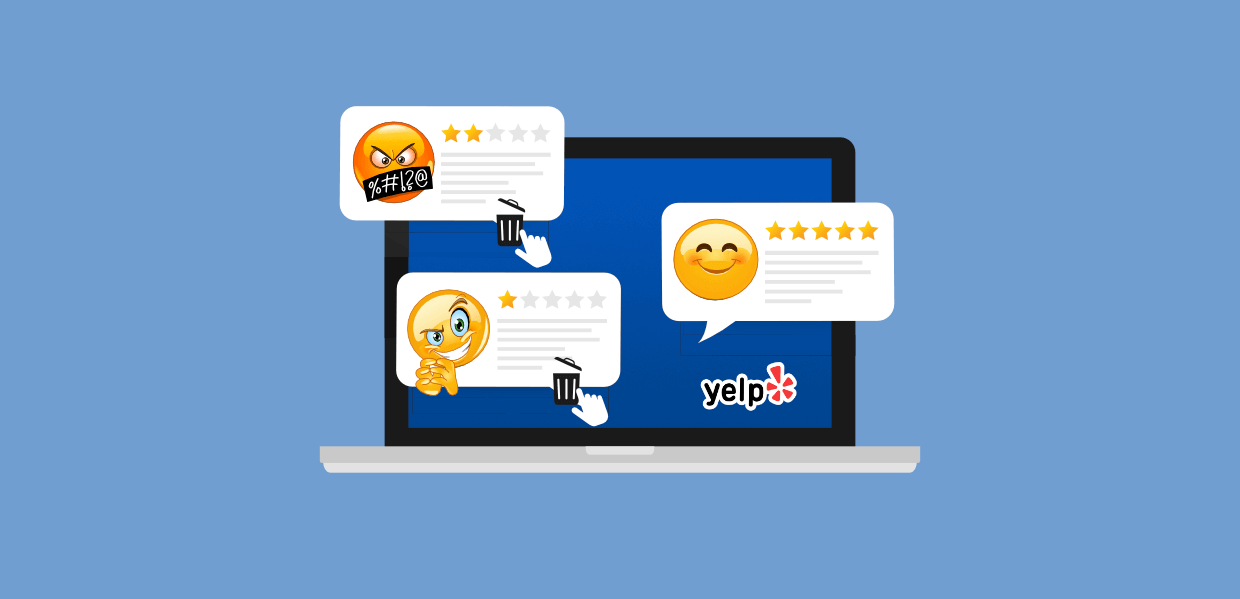Practical guide to accurate employee time tracking without micromanagement
Time tracking is valuable only when it is accurate, respectful, and lightweight. Teams want clarity, not surveillance; managers want reliable numbers, not screenshots. This guide explains how to build a simple, privacy-aware workflow that measures work hours and activity with minimal friction. If you are moving away from spreadsheets or manual timesheets, start by evaluating modern time tracking programs that automate attendance, capture active versus idle time, and turn raw activity into clear, decision-ready reports.
What time tracking means today
In a modern setup, a small app on work devices records session start, session end, productive activity, and idle periods. The goal is operational truth: when work actually happens, how long tasks take, and where delays appear. Real-time reporting replaces guesswork and late entries, so budgets, deadlines, and staffing plans are grounded in facts rather than memory. Done right, tracking reduces stress because everyone sees the same numbers.
Why companies adopt it
Three outcomes drive adoption. First, clean payroll: hours are captured automatically, overtime is visible, and disputes drop. Second, project transparency: you can trace effort to milestones and estimate the next phase based on actual historical durations. Third, workload balance: managers see who is overloaded or underutilized and can reassign tasks before deadlines slip. All three outcomes compound over time, making delivery more predictable.
Principles that keep trust high
Trust starts with scope and communication. Record only work-relevant signals, avoid invasive features, and define who sees which reports. Share a short policy that covers data purpose, access levels, retention, and opt-in for contractors. Invite feedback in the first month and adjust thresholds for idle time or break detection so the system reflects your real workday instead of policing it.
Key features to require from your tool
Look for instant onboarding, automatic attendance, active/idle measurement, grouping by task or project, and strong role-based access control. Dashboards should load quickly and highlight the few numbers that matter: total hours, focus time, interruptions, and trends over the last week or month. Exports to CSV or API save hours for finance and operations. A robust audit trail shows who edited time records and when, which is essential for compliance and client billing.
Lightweight by design
The tracking agent should be CPU-friendly and network-efficient. If a tool slows machines, it will be disabled or ignored within days. Test on a low-power laptop and a high-load workstation to verify impact. Updates must be silent, and offline caching should ensure that data is not lost if a device disconnects during a trip or a home-office outage.
Privacy and ethics in practice
Skip constant screenshots and keylogging. They create legal risk and reduce morale without improving estimates. Instead, rely on aggregate activity, application categories, and verified session times. Share personal dashboards with employees so they can see and correct their own records; this improves accuracy and reduces manager follow-ups. When people understand the metrics, they self-manage more effectively.
How to pick the right platform
Create a short checklist: deployment options (cloud or on-premises), report latency (real-time vs. hourly), integrations (payroll, project management, SSO), and licensing clarity. Avoid contracts that bundle unnecessary modules or hide cancellation terms. During the trial, simulate a full week of work with real teams, not just a lab test. Evaluate how quickly managers can answer basic questions: who’s working now, which projects consume the most time, and what changed compared to last week.
Rollout playbook for smooth adoption
Start with a two-week pilot in one department. Publish the tracking policy, hold a 20-minute Q&A, and enable personal dashboards from day one. Set three shared success criteria: a lower number of missing timesheets, fewer payroll corrections, and clearer estimates for the next sprint. After the pilot, review feedback, tune idle thresholds, and proceed to a phased rollout. This approach builds momentum without overwhelming support teams.
Using data without micromanagement
Translate metrics into actions. If idle time spikes after lunch, adjust meeting blocks to protect focus time. If one project consistently overruns its estimates, break tasks into smaller units and add buffer for reviews. Recognize improvements publicly: when a team shortens handoff delays or increases uninterrupted focus hours, celebrate it. Positive reinforcement keeps the process healthy and prevents “tracking fatigue.”
From numbers to forecasts
Once you have four to six weeks of data, convert averages into planning baselines. For example, if a typical code review takes forty minutes and a sprint includes sixty reviews, you can reserve realistic capacity and avoid weekend crunch. Use the same logic for support tickets, design iterations, or compliance checks. Accurate baselines also strengthen client proposals because you can justify timelines with evidence.
Budget control and ROI
Transparent time data reduces overspending in three ways: less unplanned overtime, fewer stalled tasks, and earlier detection of scope creep. Finance teams can compare billed versus worked hours by project and catch gaps within days rather than months. Over time, the system pays for itself by eliminating repetitive reconciliation work and protecting margins on fixed-price engagements.
Seamless integration with existing tools
Choose a platform that connects with payroll, HRIS, and project tools through native integrations or a simple API. SSO shortens onboarding, while webhooks can push daily summaries to chat channels for quick stand-ups. When time data flows automatically to the systems your team already uses, adoption stays high and errors stay low. Many teams standardize on one hub where managers review time, approve leave, and trigger payroll exports in a single glance.
Cloud or on-premises: deciding factors
Cloud hosting suits most organizations thanks to fast deployment and zero maintenance. On-premises works best when data residency is strict or when the company already operates a secure internal stack. Either way, insist on encryption at rest and in transit, clear retention controls, and role-based permissions. A regular security review with your vendor helps align settings with evolving policies.
Common mistakes to avoid
The biggest pitfalls are over-collecting data, skipping employee communication, and delaying policy decisions until after rollout. Another frequent mistake is ignoring category rules, which leaves reports messy and hard to trust. Define productive, neutral, and personal categories early, and revisit them quarterly as tools change. Finally, never tie incentives directly to a single metric like “hours logged”; combine quality, throughput, and time to promote healthy performance.
Selecting the core module
Your core should be reliable attendance and activity capture with flexible reporting. Fancy extras matter only after the basics are solid. During evaluation, check how quickly the dashboard loads on a typical manager’s machine and how easy it is to filter by person, team, and project. If routine questions take more than a minute to answer, keep searching. Mid-market buyers often find that straightforward time tracking software beats bloated suites that try to solve everything at once.
Implementation timeline and responsibilities
Week 1: define policy, categories, and access roles; choose pilot team. Week 2: deploy the agent, verify CPU impact, and enable personal dashboards. Week 3: collect feedback, tune thresholds, and connect payroll or billing exports. Week 4: expand to two more teams and appoint an internal “time data champion.” By the end of the first month, you should have reliable baselines for planning and finance, with minimal admin overhead.
Measuring success
Track simple KPIs: percentage of complete daily records, count of payroll corrections, estimate accuracy by project, and average uninterrupted focus time per person. Add a short quarterly survey to measure perceived fairness and clarity. If both operational KPIs and sentiment scores improve, your system is healthy. If KPIs improve but sentiment falls, review privacy settings and communication style before scaling further.
Final checklist for buyers
Before signing, confirm licensing transparency, support responsiveness, and data export ownership. Ensure the vendor offers a clear migration path and a no-lock-in exit if your needs change. Most importantly, validate that employees can see their own data and fix mistakes quickly. With these guardrails in place, a focused employee time tracker becomes a quiet backbone for planning, payroll, and continuous improvement—no micromanagement required.










